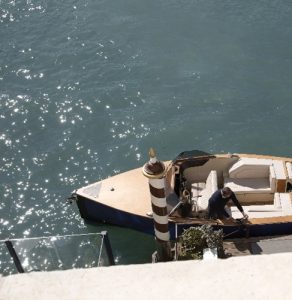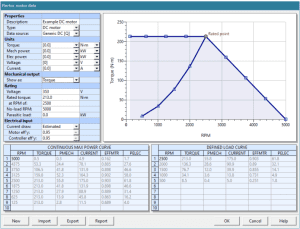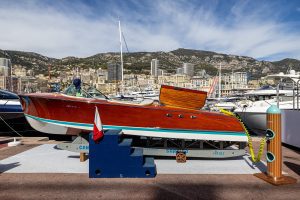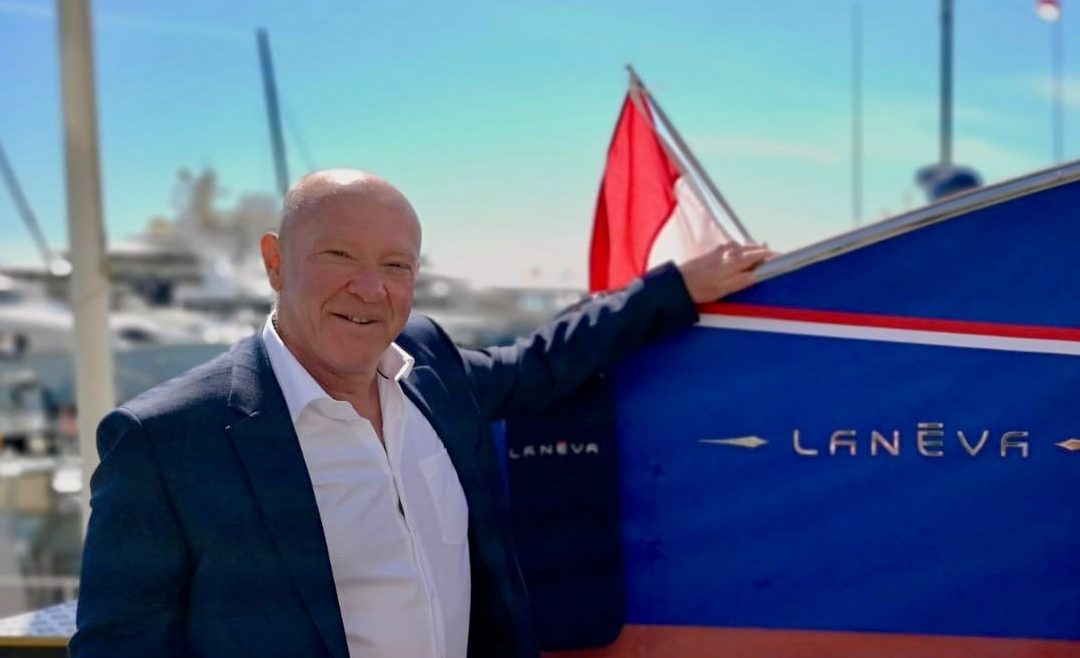Headquartered in picturesque Monaco, Lanéva Boats was founded in 2017 by three partners with an electric motor mission. After joining forces with startup MonacoTech, Lanéva Boats has worked towards creating full-electric battery systems and a conversion kit, the latter specifically for the Riva Ariston. The result? High-quality, high-performance, and not to mention, beautiful, boats. I connected with Thierry Hoeltgen, the Chief Innovation Officer, to talk all things Lanéva and how they have been using HydroComp NavCad software to achieve their electric mission.

With a personal passion for yachting, as well as a strong background in electrical engineering, Thierry says, “I felt it was a logical life step for me to join as an investor in the company at the end of 2018.” He works in applied research and development, particularly testing new technology in a lab. As their Chief Innovation Officer, it’s fitting that he says, “This industry moves very fast and every year you see interesting developments. You must keep your eyes open and stay innovative.”
Part of staying innovative means using the best state-of-the-art software available, such as NavCad. “NavCad is a very comprehensive and solid piece of software. In a very early design stage, it allows us to simulate the hull resistance curves and the whole electrical powertrain – from batteries, to engine controller / inverter, engine power curves, transmission, and finally, the oh-so-important propeller,” Thierry describes. “We therefore can make different scenarios and choose the best solution at an early stage. This saves a lot of design time and money.”
Thierry reiterates that the propeller and engine simulations within NavCad are crucial for an electric vessel, and how the recent updates have been beneficial. He continues, “Now, NavCad has its electric engine module, which makes things even better. You can roughly assume that you lose 2-3% efficiency on the battery setup, 10% on the controller and its electric engine, and some on the transmission. But if you choose the wrong propeller, you can lose 50%. If you make the right propeller design choice, this can instead be lowered to 30% or less. The impact is huge.”
All in all, he says, “NavCad helps us to make our vessels more energy efficient. Energy is an expensive resource for electric boats – every percent efficiency we gain is important to us.”

When asked why Lanéva Boats focuses on electric vessels, and if he believes that battery power is the future, Thierry has a very practical outlook. “In marine, electric vessels are still at an early stage. There is a lot to come. We do not believe that electric vessels will replace internal combustion engines (ICE), but for specific use cases, we believe it is a nice solution with low noise and no direct pollution.”
He says the environmental use case for electric vessels are internal waters, like lakes and the Venice canals, since the use of ICE becomes more legally restricted due to the preservation of drinking water and the objective of limiting pollution.
Vessel-wise, Thierry states that electric motors make sense for superyacht tenders and day cruisers. “Superyachts have charging stations onboard with their big generators, so low maintenance for tenders is attractive here. Day cruiser is a nice use case because they usually have lower reach requirements and are close to an electric charging power supply you find in any well-equipped port.”

Lanéva Boats is committed to the latest technology to create premium all-electric boats – we’re honored that they have been using NavCad. Learn more about NavCad’s electric motor features here.
For more information, contact:
|
HydroComp, Inc. Tel +1.603.868.3344 danielle.doonan@hydrocompinc.com www.hydrocompinc.com |
Lanéva Boats Tel +33.7.82.91.63.62 thierry@laneva-boats.com laneva-boats.com
|
Download this interview here.

